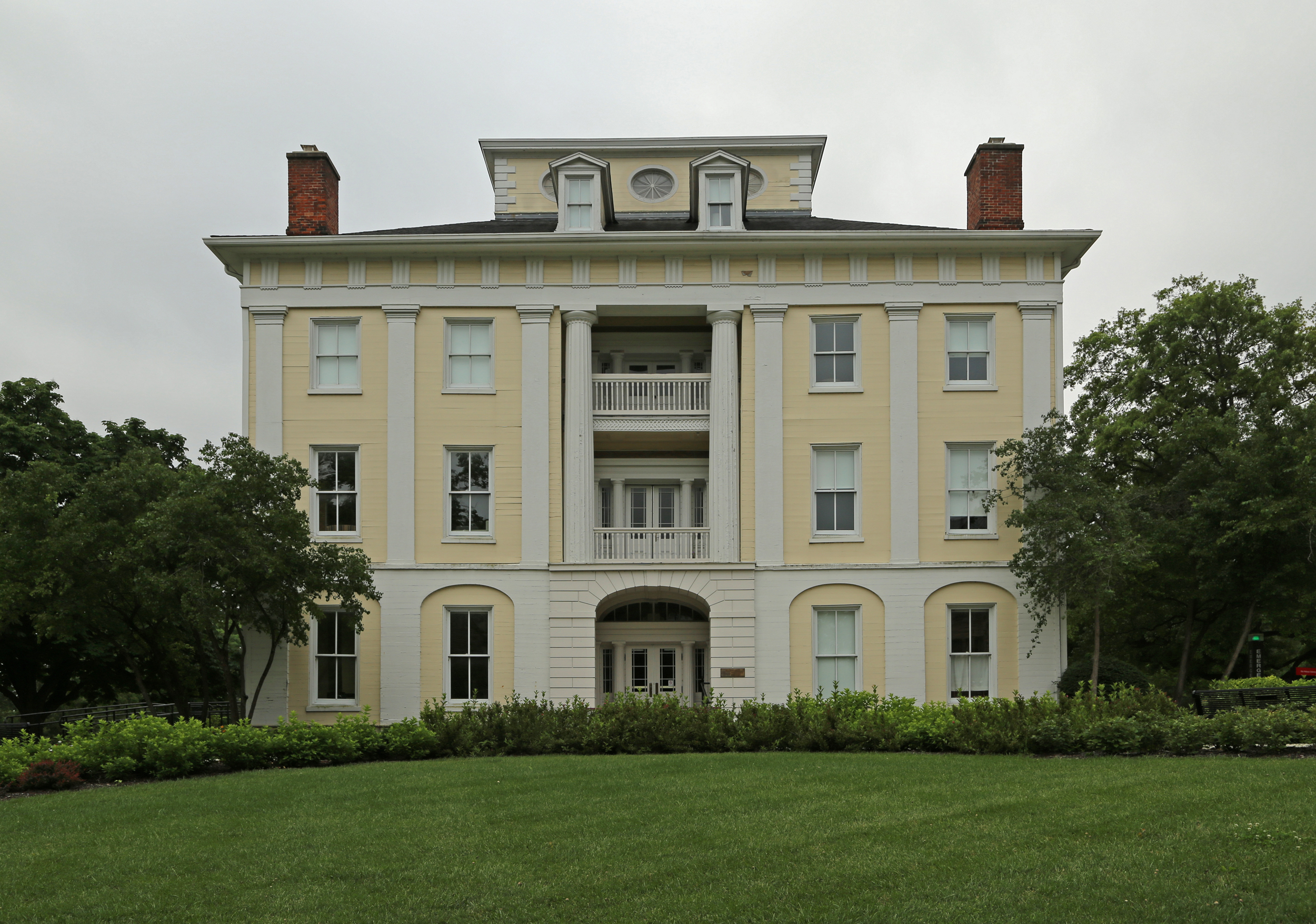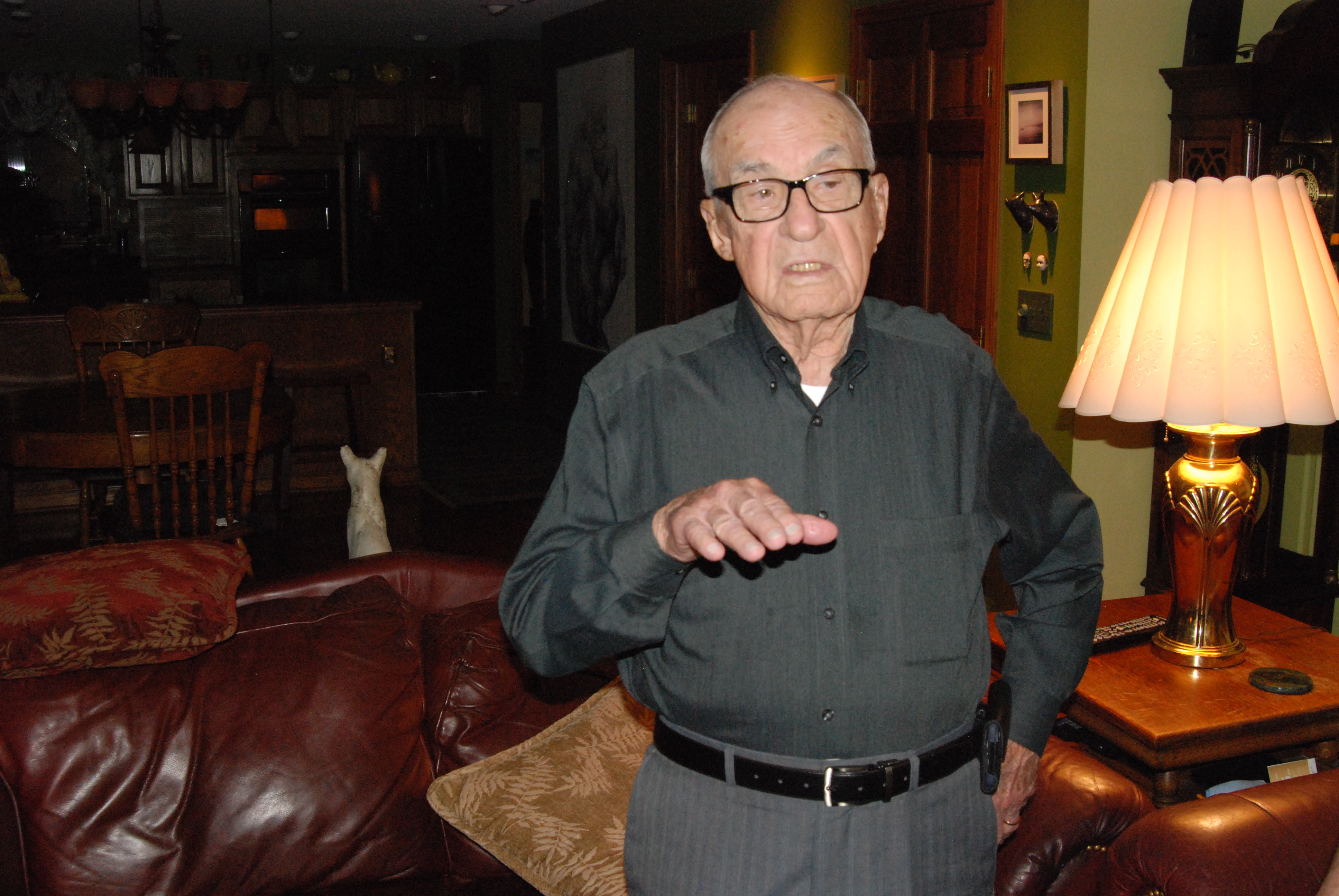Ohio Wesleyan University’s (OWU) associate professor of history, Michael Flamm, voiced his uncertainty in the November faculty meeting about OWU lasting the next five years as a nationally-recognized liberal-arts college.
Not all faculty members attend each meeting so Flamm took it upon himself to send out a statement making everyone aware of his concerns.
In the statement he explains how he had hopes that OWU would continue to be an example of a superior liberal-arts college. But after multiple transitions in senior administration, most notably the departure of former Vice President for University Advancement Colleen Garland, his opinion on the matter has changed.
“When I arrived at OWU in 1998, 20 years ago, we aspired to become Kenyon and saw ourselves as a reasonable rival to Denison,” Flamm said. “Wooster was clearly a peer institution – in many respects we were superior. Now I doubt whether we can still see Wooster’s tail lights as it pulls away and leaves us in the dust.”
His concern stems from, in his words, the “invisible crisis” that is low faculty morale. In order to assess morale, Flamm suggested in the April faculty meeting that a survey be administered to identify if there is in fact an invisible crisis.
OWU administration opted to conduct a Collaborative on Academic Careers in Higher Education (COACHE) survey next spring to measure faculty morale. COACHE is a research-practice partnership, through the Harvard Graduate School of Education, between institutions dedicated to improving faculty recruitment, development and retention (https://coache.gse.harvard.edu/).
Dale Swartzentruber, associate provost for institutional research and academic budget management, allowed Flamm to put forward questions to include, as the COACHE survey allows for the addition of questions from the institution that will be administering it. Flamm added four additional questions on top of the already pre-existing questions.
The four questions are as follows –
1) During my time at Ohio Wesleyan, the university has become a stronger institution with better students.
2) In the past five years, I have lowered expectations, diluted standards, or inflated grades in my classes at Ohio Wesleyan.
3) Five years from now, Ohio Wesleyan will have more and better students.
4) President Jones has Ohio Wesleyan on the right track and is the right leader to guide the university for the next five years.
Faculty will be able to indicate whether they strongly agree, somewhat agree, neither agree nor disagree, somewhat disagree, strongly disagree, I don’t know or decline to answer to each question on the survey.
Associate Professor of Modern Foreign Language Tom Wolber was present at the November faculty meeting, and when asked for his reaction to what Flamm said, pointed out that, “Dr. Flamm has the right to ask whether President Jones has OWU on the right track and whether he is the right leader to guide the university for the next five years. We do value and practice free speech on campus. However, I would point out that while the faculty has the primary responsibility for the academic curriculum and faculty employment (incl. tenure and promotion), the president serves at the pleasure of the Board of Trustees.”
The danger faced when faculty morale is low is faculty starting to become disengaged to the point where the overall health of the university suffers.
Among other things, the success of an institution is dependent on its faculty and students. An indication of low faculty morale can be attributed to the size of OWU’s student body and the concern for the its decreasing size.
A university relies on the collective commitment of its faculty to go above and beyond what they are contractually obligated to do. Although teachers are only required to teach three or four classes, for the university to do well, faculty need to provide more than those few classes.
Without this commitment, faculty won’t put in extra hours when it comes to providing individual help to their students, cultivating lesson plans that relay information in an interesting way or being enthusiastic about the material being taught.
“There’s what I’m required to do and then there’s what I should do in order to make Ohio Wesleyan the great place that it should be. That’s the question, and morale directly effects that commitment,” Flamm said.
With the lack of students, Flamm says “more and more faculty members are demoralized and disengaged and that therefore any efforts made to improve the university or to improve programs in the curriculum are destined to fail because you do not have an optimistic committed faculty to implement those changes.”
Evidence suggests that the Wenzlau era was the beginning of the decline in student enrollment.
Former President Dr. Thomas E. Wenzlau served from 1969-1984 as OWU’s 12th President. In 1981, he conceived the Reach for Quality program with the goal of making more selective choices with the type of students OWU accepted. The concern for gradual “slippage” in standards was what prompted the reduction in enrollment.
The program was projected to cut enrollment to 1,800 by the fall of 1985. Enrollment had peaked in 1970 at 2,500. The plan worked a little too well, with OWU seeing a 32 percent drop in enrollment. Only 448 new students showed up in the fall of 1985, down from 662 the previous year.
Fast forward to today and the mindset is the complete opposite.
Wasn’t it in the fall of 2017 that Rock announced OWU’s newest initiative to increase enrollment to 2,020 by the year 2020, a projected 20 percent growth in the student body? What happened to that? Was it assumed that the “Connect Today, Create Tomorrow” campaign would overshadow the effort to increase enrollment?
Just looking at the last five years, Ohio Wesleyan fall semester full-time enrollment has decreased from 1,828 in 2013-14 to 1,558 in 2017-18 (https://www.owu.edu/ex/factBook/enrollmentDemographics.php).
“No one likes to have their judgments, decisions, and leadership questioned, but it is a necessary part of being a leader and of being open to listening and collaborating to do what is right. That open and collaborative environment is part of the power of higher education, and I respect and value it,” Jones said when asked how he felt about his leadership being called into question.
While retention rates are a serious topic amongst colleges and universities, the retention of faculty and staff at a university/college can be overlooked. Ohio Wesleyan, more so in the last year, is one of these school that are seeing decreases. Jones, however, is sure that OWU is prepared for such occurrences.
“Ohio Wesleyan has established practices for providing support for departments when faculty leave unexpectedly, and for allocating tenure-track faculty lines,” Jones said. “As the size of the student body has decreased in recent years, the number of allocated faculty positions has decreased proportionally. We are quite focused on increasing the size of the student body and, concurrently, increasing the size of the faculty.”
Last year, multiple OWU departments requested a total of 19 faculty positions be filled not including the five departures and one retiree. Most of the positions were left over from previous retirements and departures. The administration, in consultation with the OWU Board of Trustees, agreed to fund four of the 20 empty positions for the 2019-2020 academic year.
Former Professor of Sociology and Anthropology Jim Peoples retired last year, and when asked if low faculty morale prompted his decision, he responded that, “Low faculty morale is not a factor in my decision. But I would say that faculty morale is the lowest since I came 30 years ago. Some evidence is lower attendance at faculty meetings –a quorum is far more difficult to achieve and a number of younger faculty leaving for other institutions with their faculty lines not being replaced.”

